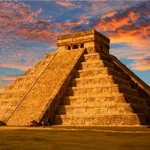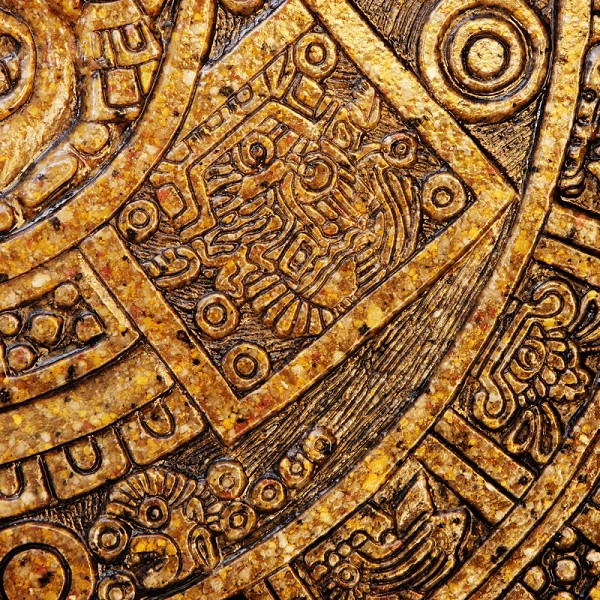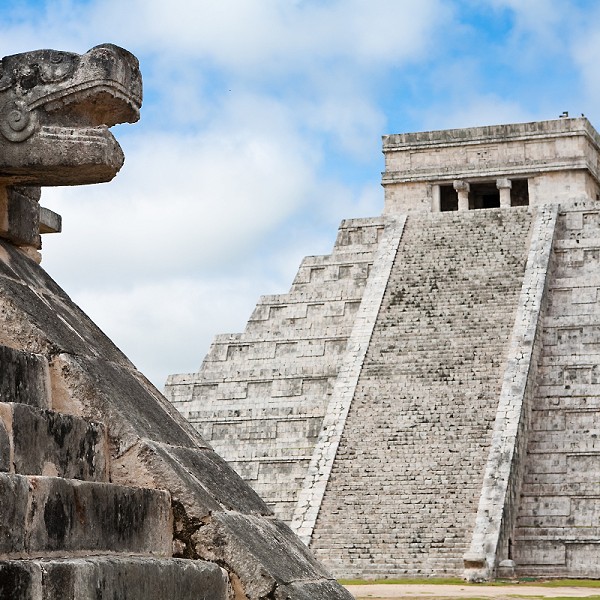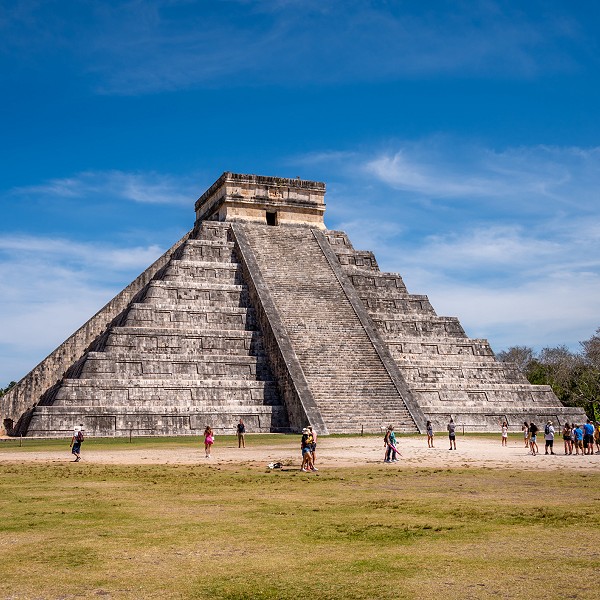In the realm of ancient American cultures, the Mayan and Aztec civilizations shine as luminous beacons of intrigue and renown. Flourishing in divergent epochs and locales, these civilizations have indelibly shaped the cultural and historical fabric of contemporary Mexico and Central America. While their narratives are entwined with threads of commonality, a constellation of pronounced distinctions emerges, encapsulating the essence of each civilization's distinctiveness. To truly grasp the unparalleled character of each, it becomes imperative to delve into these contrasts. Thus, we embark on a journey to unravel 10 pivotal facets that delineate the Mayan civilization from its Aztec counterpart, a journey unveiling the captivating intricacies of two remarkable societies.
1. Geographical Location
The Mayan civilization primarily developed in what is now Guatemala, Belize, and parts of Mexico, including the Yucatan Peninsula, while the Aztec civilization was centered in the Valley of Mexico in the central Mexican plateau.
2. Timeline and Duration
The Mayan civilization dates back to as early as 2000 BC and reached its peak during the Classic Period (250 AD to 900 AD). In contrast, the Aztec civilization emerged later, around the 14th century AD, and lasted until the Spanish conquest in the 16th century.
3. Political Structure
The Mayans lived in city-states, each with its own independent ruler. These city-states often engaged in warfare, alliances, and trade with each other. The Aztecs, on the other hand, had an empire ruled by a single Emperor, with Tenochtitlan (modern-day Mexico City) as the capital.
4. Language
The Mayan civilization used the Mayan language family, with various dialects across different city-states. The Aztecs primarily spoke Nahuatl, and it remained a dominant language in the region even during the early period of Spanish colonization.
5. Writing and Record Keeping
The Mayans developed a complex system of hieroglyphic writing, which they used to record historical events, astronomy, and rituals. The Aztecs used a pictographic system of writing, which was less advanced and mainly used for record-keeping purposes.
6. Architectural Achievements
Mayan architecture is famous for its stepped pyramids, palaces, observatories, and elaborate ceremonial complexes. Aztec architecture also featured pyramids, but they are distinguished by their massive size and twin temples at the top, as seen in the Templo Mayor.
7. Religious Beliefs
Both civilizations were polytheistic, but their deities and religious practices were distinct. The Mayans worshipped gods like Itzamná and Ix Chel, whereas the Aztecs had gods like Huitzilopochtli and Tlaloc. Human sacrifice played a more central role in Aztec religion than in Mayan.
8. Art and Cultural Achievements
Mayan art is characterized by detailed stone carvings, stucco statues, and painted murals. Aztec art is noted for its stone sculptures, featherwork, and fine goldsmithing.
9. Agricultural Practices
Both civilizations practiced agriculture, but their methods differed due to geographical variations. The Mayans used advanced agricultural techniques like slash-and-burn and terracing, while the Aztecs developed chinampas - floating gardens on lake surfaces.
10. Collapse and Legacy
The Mayan civilization's decline is still shrouded in mystery, with theories suggesting overpopulation, environmental degradation, and internal conflict. The Aztec Empire, however, fell primarily due to the Spanish conquest led by Hernán Cortés and the subsequent colonization.


 Beaches
Beaches
 Costa Mujeres
Costa Mujeres
 Food
Food
 Golf
Golf
 Getting Around
Getting Around
 Heritage
Heritage
 Nightlife
Nightlife
 Places to Visit
Places to Visit
 Things to do
Things to do
 Wildlife
Wildlife
 Weather
Weather
 Flights to Cancun
Flights to Cancun



